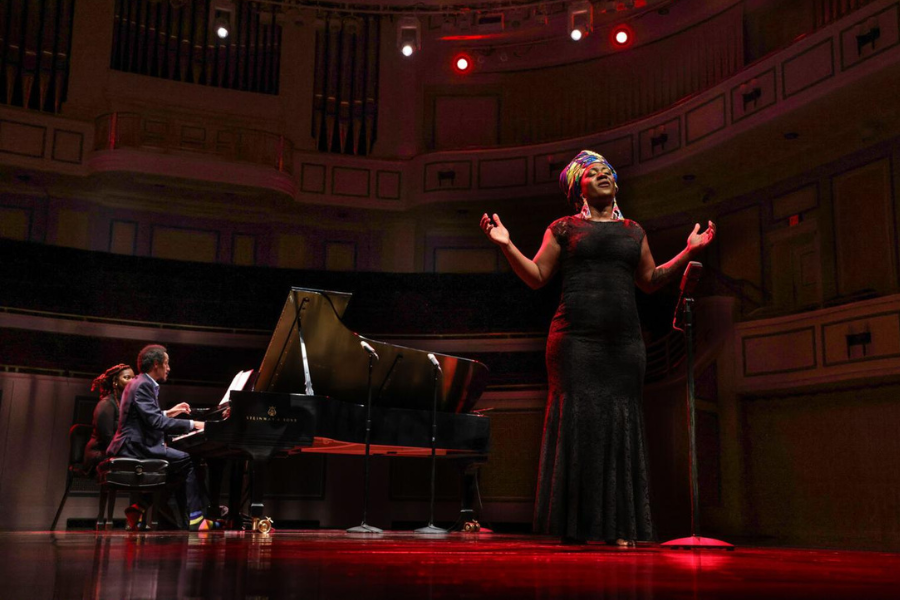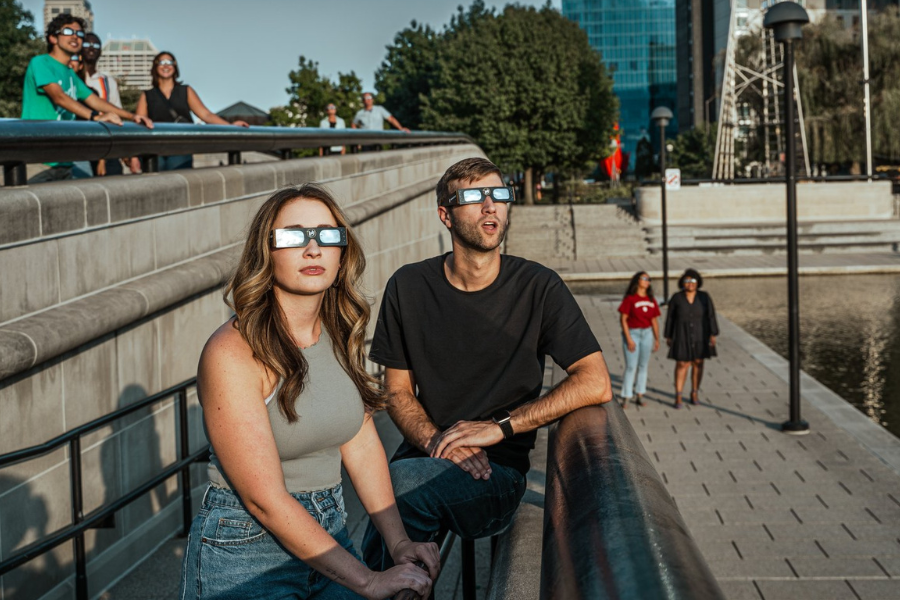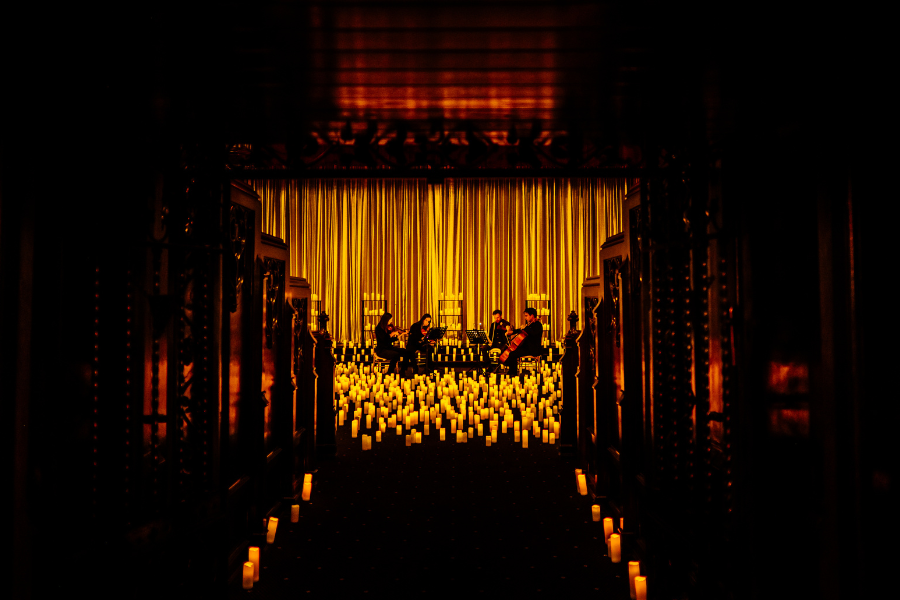Peace in New Harmony

Strolling through the Harmonists Labyrinth in New Harmony, Indiana, is a rite of spring for many tranquility seekers. They reflect on life’s journey as they follow the concentric circles of perfectly-manicured hedges to a central grotto, just as Harmonists, the German Lutheran Separatists that founded the town, did 200 years before them.
Labyrinths have been used as a means of meditation and reflection for thousands of years, and what better season than spring, nature’s rebirth, for a spiritual renaissance?
A labyrinth is sometimes confused with a maze, but a maze is a confounding puzzle of blind alleys with multiple entrances and exits, while a labyrinth has a single, non-branching path to the center.
This one is a 1939 recreation of what the Harmonists built in Harmony, Pennsylvania, in the early 1800s as a symbol of the struggle to obtain true harmony on Earth. Their mission was to live a celibate, sin-free life in preparation for the second coming of Jesus Christ, which they believed was imminent.
Led by Father George Rapp, the Harmony Society moved to the eponymous town nestled in the rolling hills of southern Indiana in 1814, a place of striking beauty on the banks of the Wabash River.
The Harmonists returned to Pennsylvania in 1825, selling the town and its 180 buildings to Robert Owen, a Welsh social reformer who attempted to create a secular Utopian society based on enlightenment through education, but it unraveled after only two years. He renamed the town New Harmony.
Today, this tiny hamlet devoid of sun-blocking skyscrapers, cacophonous traffic jams and other urban stress-inducers, remains a sanctuary for those in search of peace and solitude. It’s an ideal spot to disconnect from all those modern devices and reconnect with yourself.
Claire Eagle, community engagement director for Historic New Harmony, says guests frequently talk about a feeling of serenity that embraces them the moment they drive into town.
“I’ve heard visitors say they have an indescribable sense of peace in New Harmony, like a weight has been lifted,” Eagle said.
Unwind with a nature walk in Harmonie State Park. A number of easy hiking and biking trails meander through lush forests blooming with wildflowers. The gushing of a brook and the whistling of songbirds may be the only interruptions to your thoughts. Bring a picnic to enjoy on the river bank.
Next, check out The Roofless Church. The 1960 architectural landmark beckons those seeking a moment of quietude. The design concept is that one roof, the sky, shelters worshippers of every faith from around the globe. A 50-foot-high interior dome in the shape of an inverted rosebud casts a shadow of a rose on the church grounds. It’s a nod to the Golden Rose, the Harmonist’s trademark.
Part of the pleasure of a New Harmony visit is wandering through historic downtown. It may be small, but it’s big on art and antiques.
Peruse current exhibits at the New Harmony Gallery of Contemporary Art and the Mason-Nordgauer Fine Arts Gallery.
If you’re up for a treasure hunt, head to the Antique Emporium of New Harmony. The aisles are packed with everything from artisan-crafted pottery to Civil War memorabilia.
Firehouse Antiques, about a block away, teems with handmade quilts, vintage toys, old country store items and much more.
Historic Tour
To learn more about the two 19th-century experiments in Utopian living, catch a tram tour from the Atheneum Visitors Center, a wonder of modern architecture that’s both awe-inspiring and incongruous in this town of historic buildings.
The industrious Harmonists built several mills, a tannery and workshops for various trades. They sold carefully-crafted products, such as shoes, rope, wool and pottery throughout the country and abroad.
Most of those structures are long gone, but what remains is compelling.
Especially noteworthy is Thrall’s Opera House, originally built as a Harmonist dormitory.
It’s the venue for two new art exhibits, “Crossroads, Change in Rural America” (May 9-June 21), a traveling exhibit from the Smithsonian Institution’s Museum on Main Street, and “Then and Now: Snapshots of Posey County’s Everchanging Landscape” (open through December).
Other stops include the 1822 David Lenz House, a Harmonists family home with period furniture, and Community House No. 2, another dorm that housed approximately 50 unmarried Harmonists. Later, it was used as a community house by the Owenites. Exhibits with artifacts from both communities are on view.
These Utopian communities are a thing of the past, but paradise isn’t lost. Modern visitors find Utopia here, at least for a weekend.
Where to Stay
New Harmony Inn Resort and Conference Center. The resort is close to many key attractions. Complimentary bicycles are available to guests. 504 N. Street, New Harmony, Indiana. 812-682-4431, www.newharmonyinn.com.
For more information on New Harmony, visit www.visitnewharmony.com





